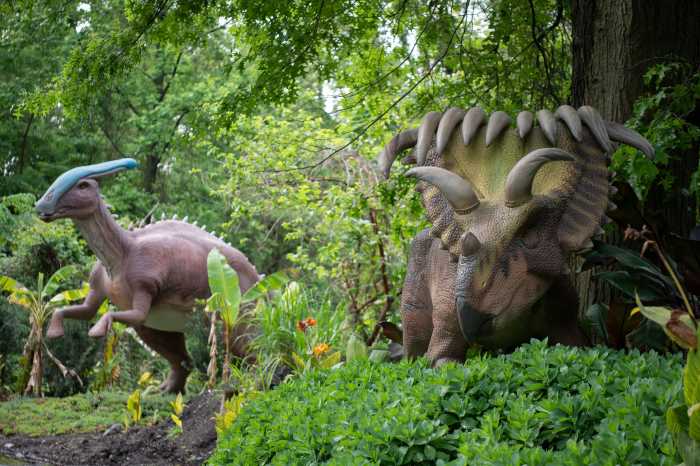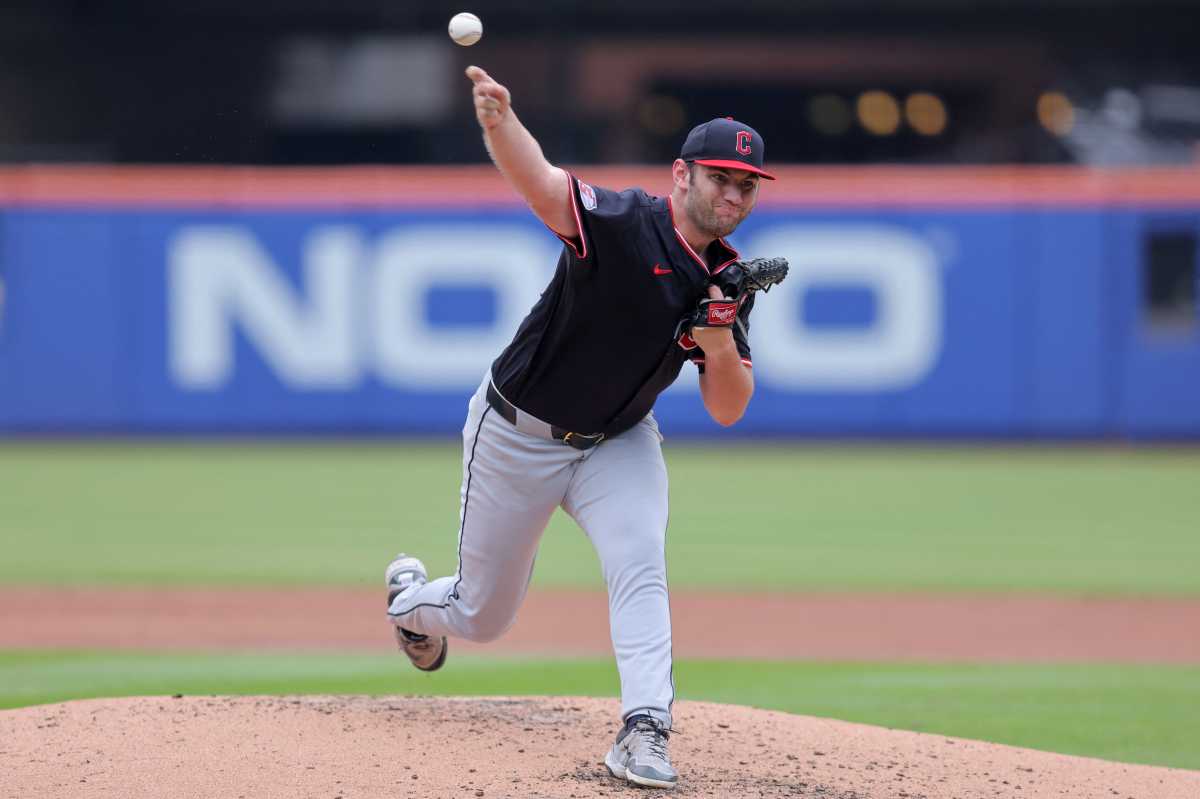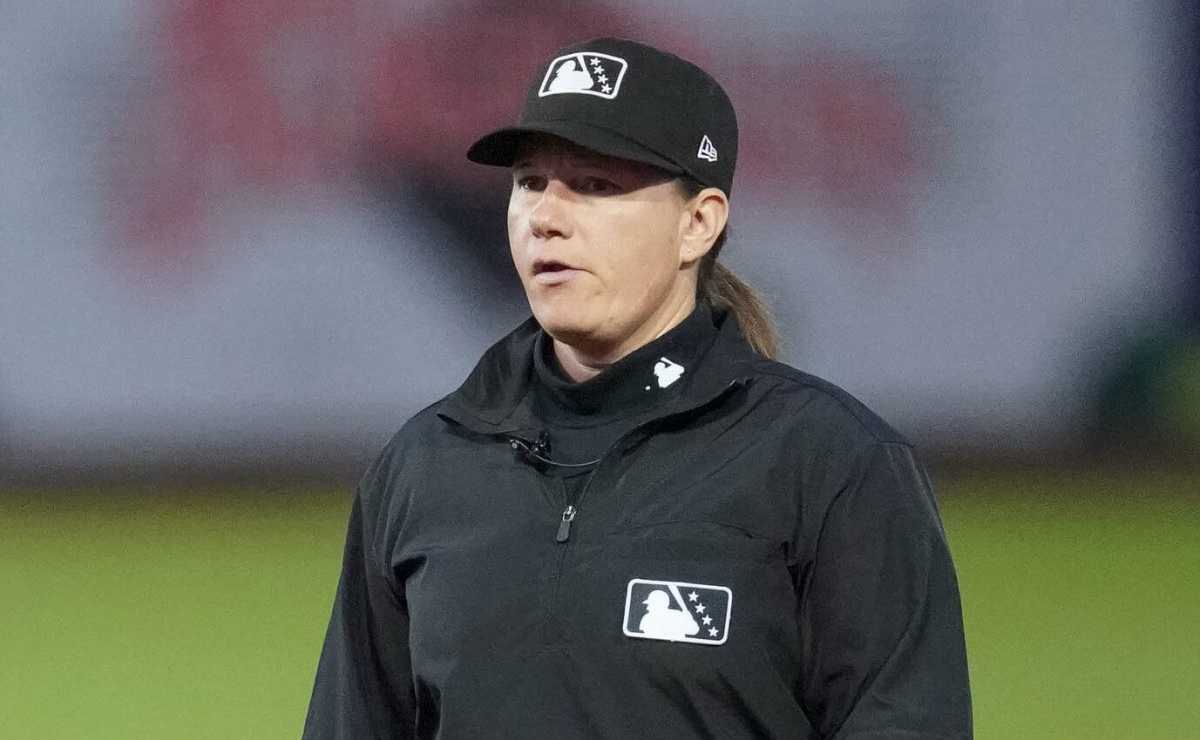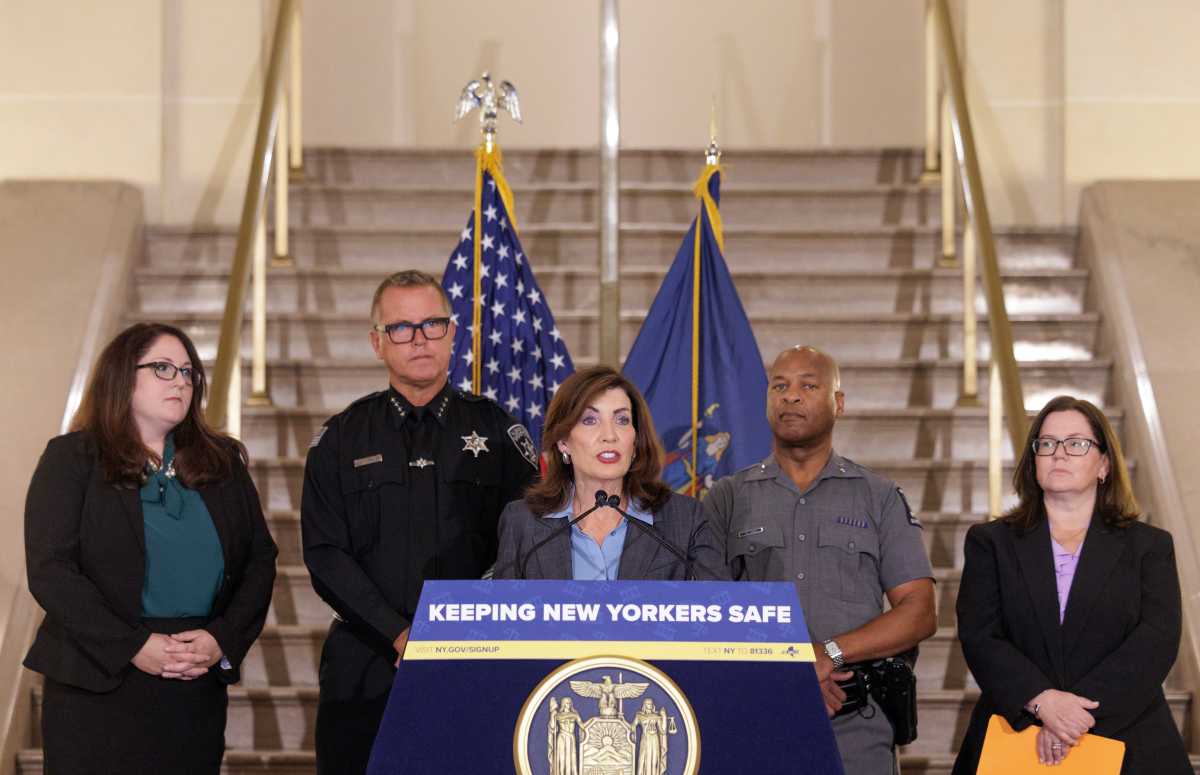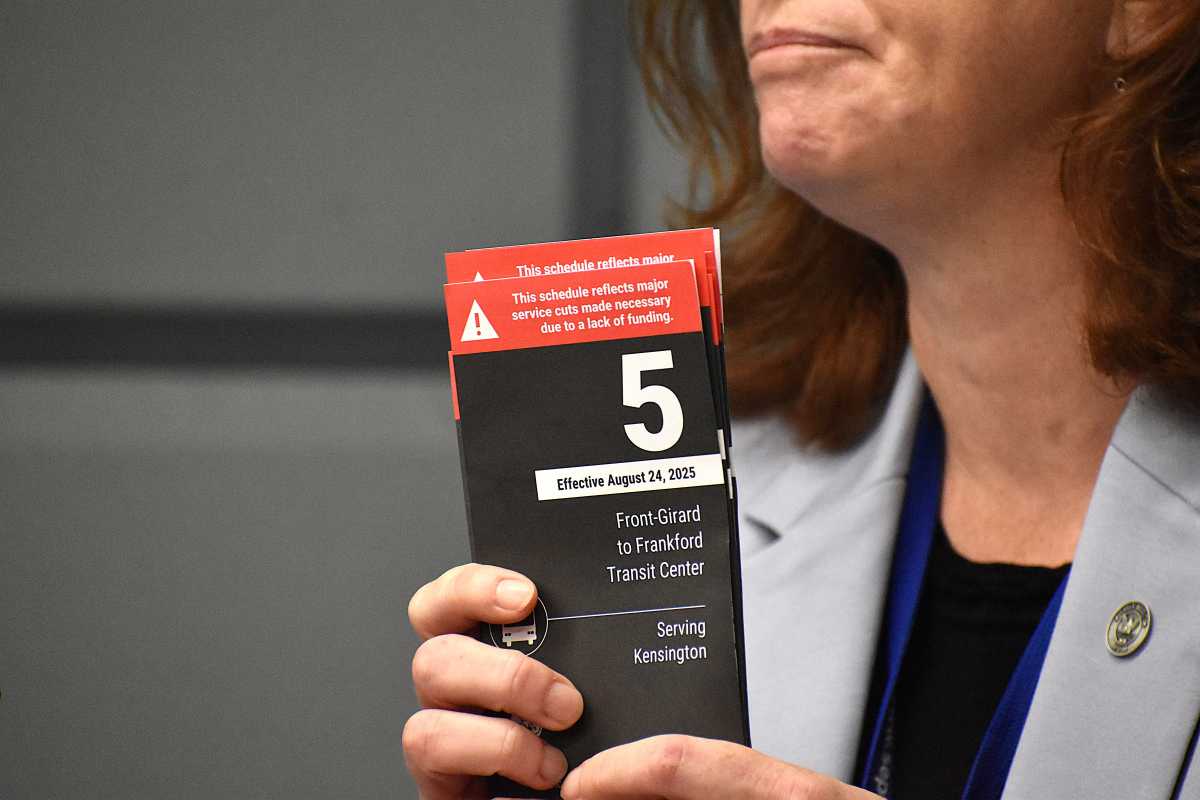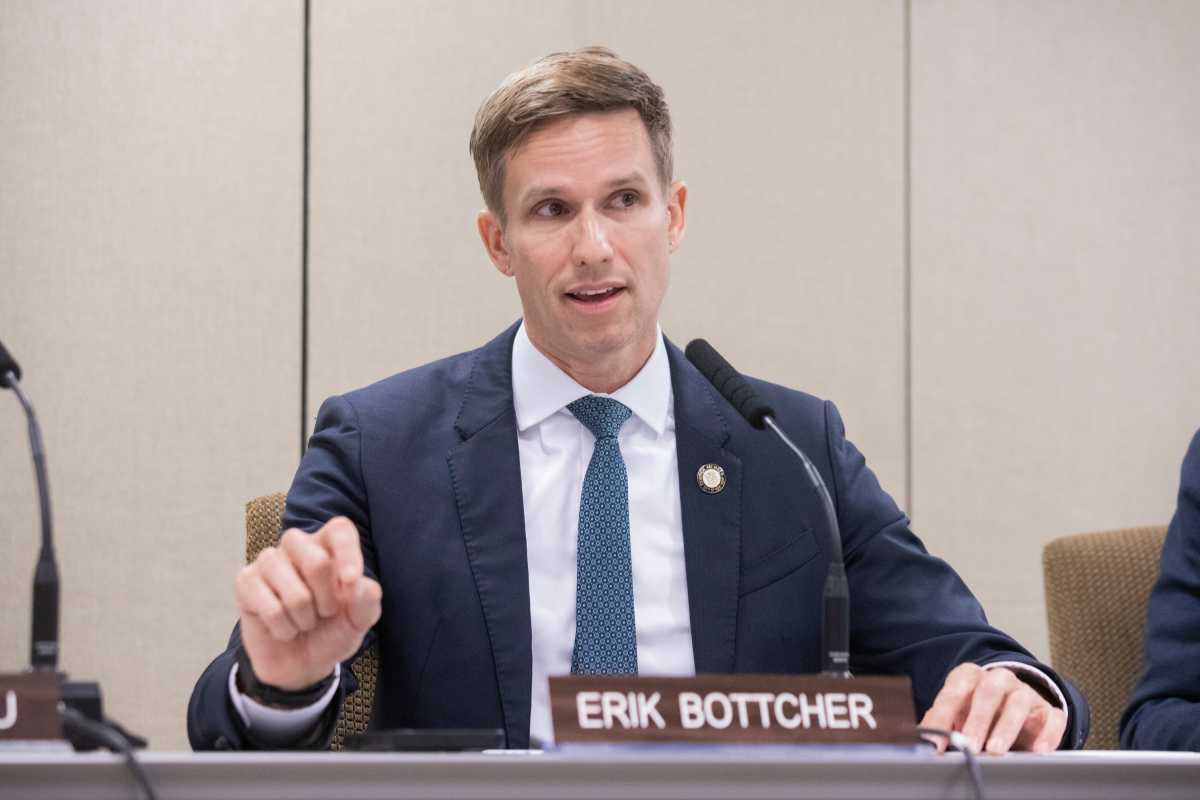A small forest has sprung up on the sidewalk near Washington Market Park in Tribeca, one of Soho Trees’ five city outposts selling Christmas trees from around the country.
A six-foot Grand fir, which a manager saidis the most fragrant and is best suited for short-term use, runs about $160.
Noble Firs that come from the temperate Oregon rainforest are hand cut and shipped across the United States and are a little pricier.
Cheaper is the plastic tree, of course. A 6.5-foot artificial tree now on sale at Target runs about $67.
Although afresh cut treemight run up the holiday expenses, there are a growing number of people who say it’s worth it — not just for the aroma –—but for the sake of the environment.
Advocates are adamant that real trees are more sustainable than artificial trees made of non-biodegradable petroleum-based materials that are shipped from far-off factories.
Tim O’Connor, executive director of the National Christmas Tree Association (NCTA), which advocates for the Christmas tree industry, told Metro that there’s a multitude of reasons why live trees are greener than the plastic ones “from China.”
“Christmas trees are a crop,” he said. “No different than corn. Every time one is harvested, another one is planted. Sometimes more than one. During the 8, 10, 12 years that it’s growing, it’s providing oxygen, a habitat for wildlife.
“They employ local people, local farmers, and create a business cycle in their local communities. The trees a recycled. They go right back to the earth, as chips, as compost.”
As for fire safety issues, O’Connor saidclaims that real trees catch fire more easily than artificial ones aren’t true.
“A lot of that has been erroneously reported,” O’Connor said. “Trees don’t spontaneously combust. Yeah, you have to water a live tree. But a plastic tree fire would be quite a spectacular fire.”
Nevertheless, most Americans still opt for the economical plastic trees that can be reused year after year.
According to a Nielsen survey conducted on behalf of the American Christmas Tree Association (ACTA), 81 percent of households (about 100 million households) will display artificial trees as opposed to fresh cut ones.
An analysis from the organization concluded that neither real nor fake trees have a measurable impact on the environment, said Jami Warner, executive director of ACTA.
Warner said that the ACTA recommends families buy the type of tree that fits their lifestyle best, noting both can have advantages.
“An artificial tree can be reused year after year and is very easy to display and take down at season’s end. A real tree has that unmistakable Christmas tree smell but must be watered daily, which is an absolute must, and can be messy,” he said. “Both types of trees can be recycled, although there are more programs available for recycling real trees.”
O’Connor bristled at the idea that fake Christmas trees are comparable to real trees.
“The American Christmas Tree Association is the association for the fake tree industry,” he said. “They of course have concocted a study that says ‘more people like our product than the real thing.’ I don’t buy that.”











